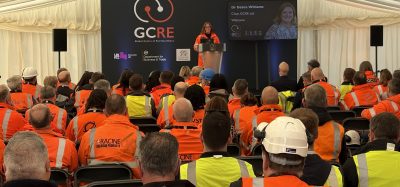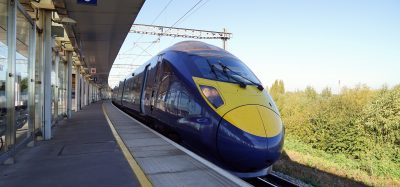RailNetEurope – gateway to European rail infrastructure
Posted: 23 May 2013 | | No comments yet
Revitalising the railways of Europe has been on the agenda of both the railway industry and the European institutions for a number of years. Since 1991, the European Commission has issued a number of directives and regulations as part of the four ‘railway packages’ and the TEN-T initiative (Trans-European Transport Networks),all of which aim, directly or indirectly, to integrate the European railway area into a competitive single market. Since 2004, RailNetEurope, an industry initiative, has acted as the gateway to European rail infrastructure.
Revitalising the railways of Europe has been on the agenda of both the railway industry and the European institutions for a number of years. Since 1991, the European Commission has issued a number of directives and regulations as part of the four ‘railway packages’ and the TEN-T initiative (Trans-European Transport Networks),all of which aim, directly or indirectly, to integrate the European railway area into a competitive single market. Since 2004, RailNetEurope, an industry initiative, has acted as the gateway to European rail infrastructure.
Revitalising the railways of Europe has been on the agenda of both the railway industry and the European institutions for a number of years. Since 1991, the European Commission has issued a number of directives and regulations as part of the four ‘railway packages’ and the TEN-T initiative (Trans-European Transport Networks), all of which aim, directly or indirectly, to integrate the European railway area into a competitive single market. Since 2004, RailNetEurope, an industry initiative, has acted as the gateway to European rail infrastructure.
Speaking with one voice In 2004, 24 rail Infrastructure Managers and Allocation Bodies (IMs/ABs) – both from Euro – pean Member States and non-EU countries such as Norway and Switzerland – got together to establish a common, Europe-wide, non-profit making association: RailNetEurope (RNE).






